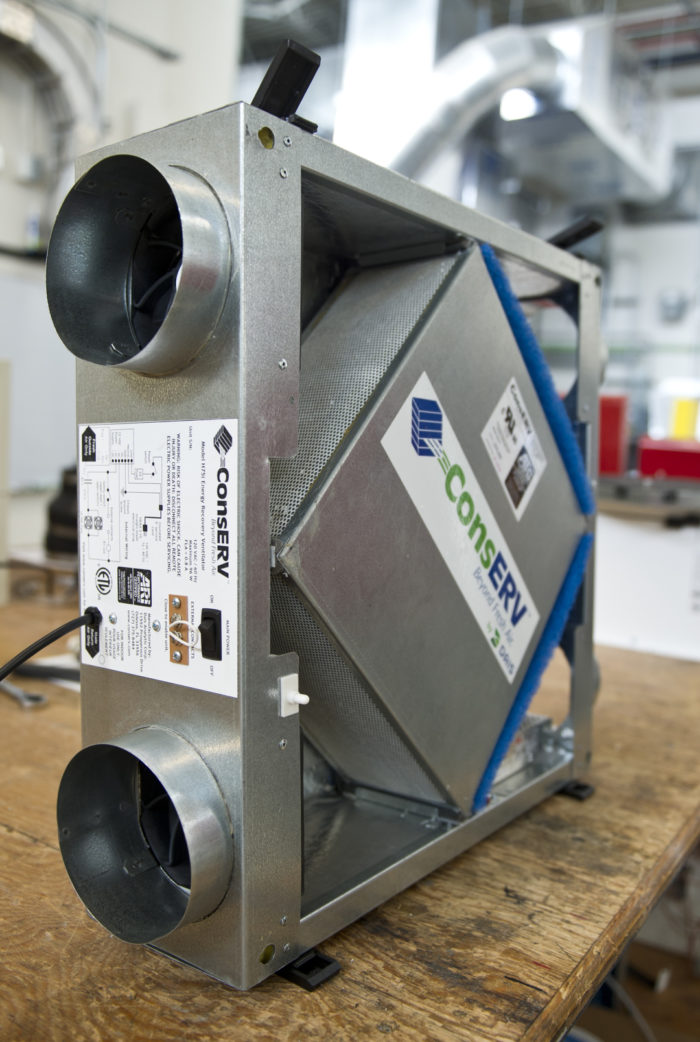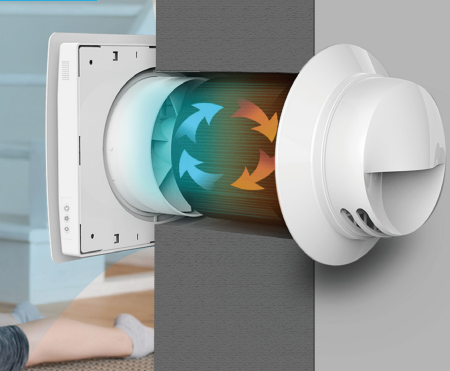Exploring the Conveniences of Heat Recovery Ventilation for Power Efficiency in Residences
Heat Recovery Ventilation (HRV) systems use house owners a practical technique to improving power efficiency. By recovering warm from outbound air, these systems can substantially minimize heating & cooling costs. In addition, they supply a stable supply of fresh air, enhancing indoor air high quality and convenience levels. As home owners take into consideration sustainable options, understanding the subtleties of HRV systems comes to be significantly crucial. What variables should one examine prior to making such a financial investment?
Understanding Heat Recovery Ventilation Systems

Just How HRV Improves Indoor Air High Quality

Power Financial Savings: The Monetary Benefits of HRV
Taking full advantage of energy performance, heat recovery ventilation (HRV) systems view publisher site use considerable financial advantages for house owners. By recuperating and reusing warmth from exhaust air, HRVs considerably lower heating & cooling prices. This technology can cause power financial savings of approximately 30%, relying on climate and usage patterns. Homeowners usually discover minimized energy expenses quickly after installation, making HRVs an economically smart investment with time. In addition, many regions give rewards or refunds for energy-efficient upgrades, even more improving the economic charm. As energy rates remain to rise, the cost-effectiveness of HRVs ends up being progressively clear. Generally, the incorporation of HRV systems not just advertises power performance but likewise adds to lasting economic cost savings for houses.
The Ecological Effect of Heat Recovery Ventilation
A considerable ecological benefit of heat recovery ventilation (HRV) systems lies in their ability to minimize general energy usage. By recovering warm from exhaust air and transferring it to inbound fresh air, HRV systems decrease the requirement for energy-intensive home heating and cooling approaches. This reduction in power demand adds to decrease greenhouse gas exhausts, as much less nonrenewable fuel source is required to keep comfortable indoor temperatures. Furthermore, HRV systems improve indoor air high quality by efficiently trading stale air with fresh exterior air, lowering reliance on mechanical cooling systems that can damage the setting. Generally, the application of HRV systems supports lasting living methods Clicking Here and lines up with international efforts to fight environment adjustment by advertising energy effectiveness in property settings.
Picking the Right HRV System for Your Home
Just how can house owners guarantee they pick the right heat recovery ventilation (HRV) system for their demands? First, they should examine their home's dimension and design, as these factors affect air flow demands. Next, examining the system's effectiveness scores is crucial, as greater ratings suggest better performance and energy financial savings. House owners need to additionally consider installation and maintenance costs, comparing various brands and models for value. In addition, it is very important to evaluate sound levels, as some systems operate even more silently than others. Consulting with heating and cooling specialists can give customized recommendations based on particular home problems. Checking out user reviews and warranties can assist in making a notified choice, guaranteeing that the picked HRV system effectively improves interior air high quality and power efficiency.
Frequently Asked Concerns

Just how Commonly Should I Tidy or Maintain My HRV System?
The regularity of cleansing or preserving a warm recovery air flow (HRV) system generally depends on use and environmental factors. Generally, it is suggested to execute maintenance every 6 months to assure peak performance and air top quality.

Can HRV Solutions Help In Reducing Humidity Levels Indoors?
HRV systems can successfully decrease indoor humidity degrees by exchanging stagnant, damp air with fresh, drier air from outdoors. HRV Heat Recovery Ventilation. This process helps keep a well balanced interior environment, boosting comfort and avoiding moisture-related issues
What Is the Lifespan of a Typical HRV System?
The life-span of a regular heat recovery ventilation (HRV) system varies, normally lasting between 10 to 15 years. Routine upkeep can expand its performance and functional life, guaranteeing peak efficiency throughout its usage duration.
Are There Any Type Of Sound Interest In HRV Systems?
Sound worries with HRV systems can develop, especially from follower operation. Several contemporary units are made to reduce audio levels, ensuring they run quietly while maintaining efficiency, which deals with possible disturbances in living environments.
Can I Mount an HRV System Myself, or Do I Required an Expert?
The individual contemplated whether to mount the heat recovery ventilation (HRV) system directly or work with a professional. Typically, while DIY installation is possible, proficiency warranties correct functionality and conformity with neighborhood building ordinance, improving system effectiveness.